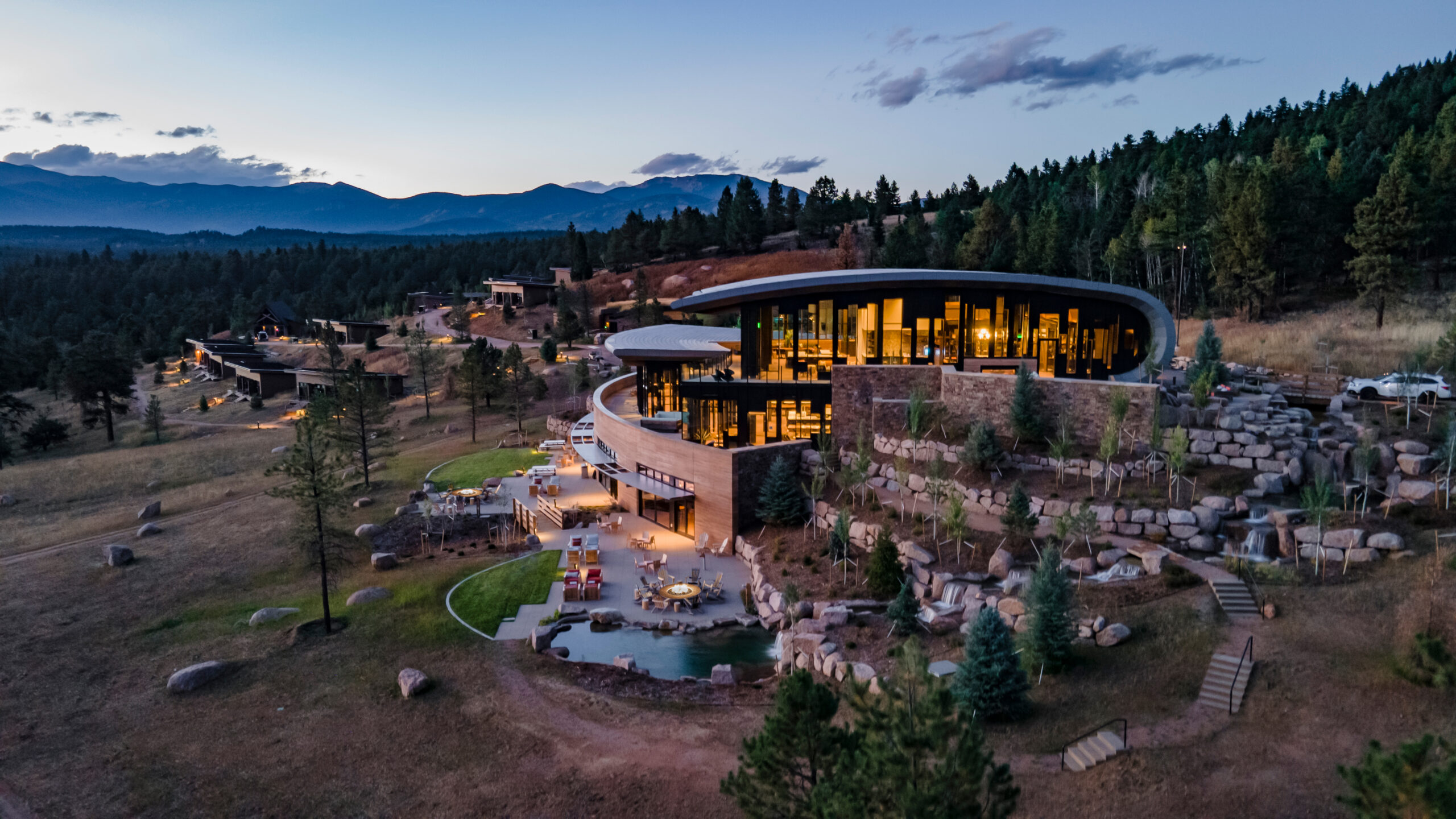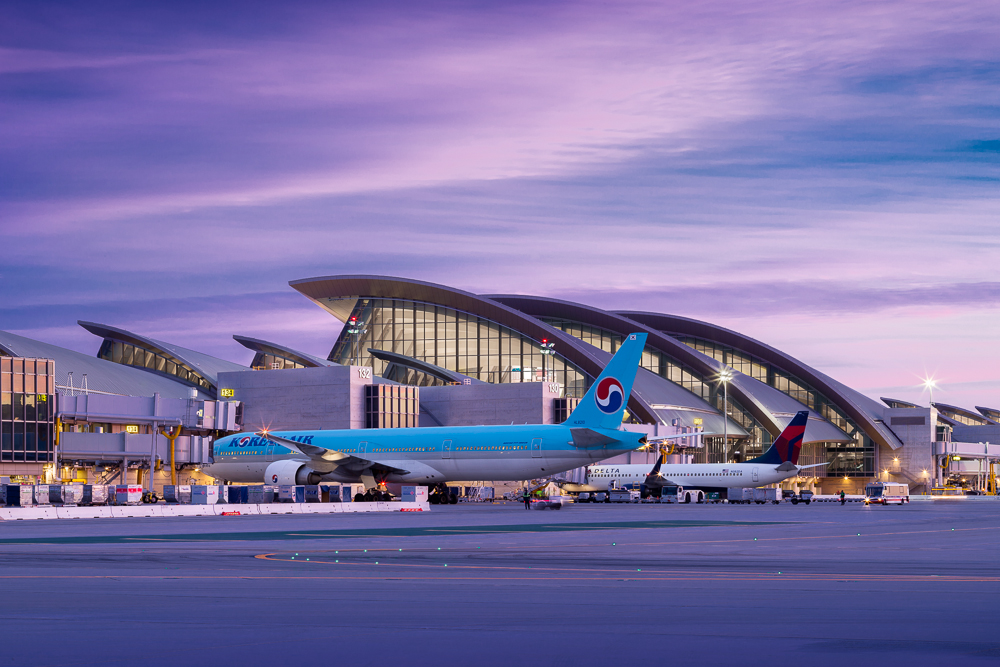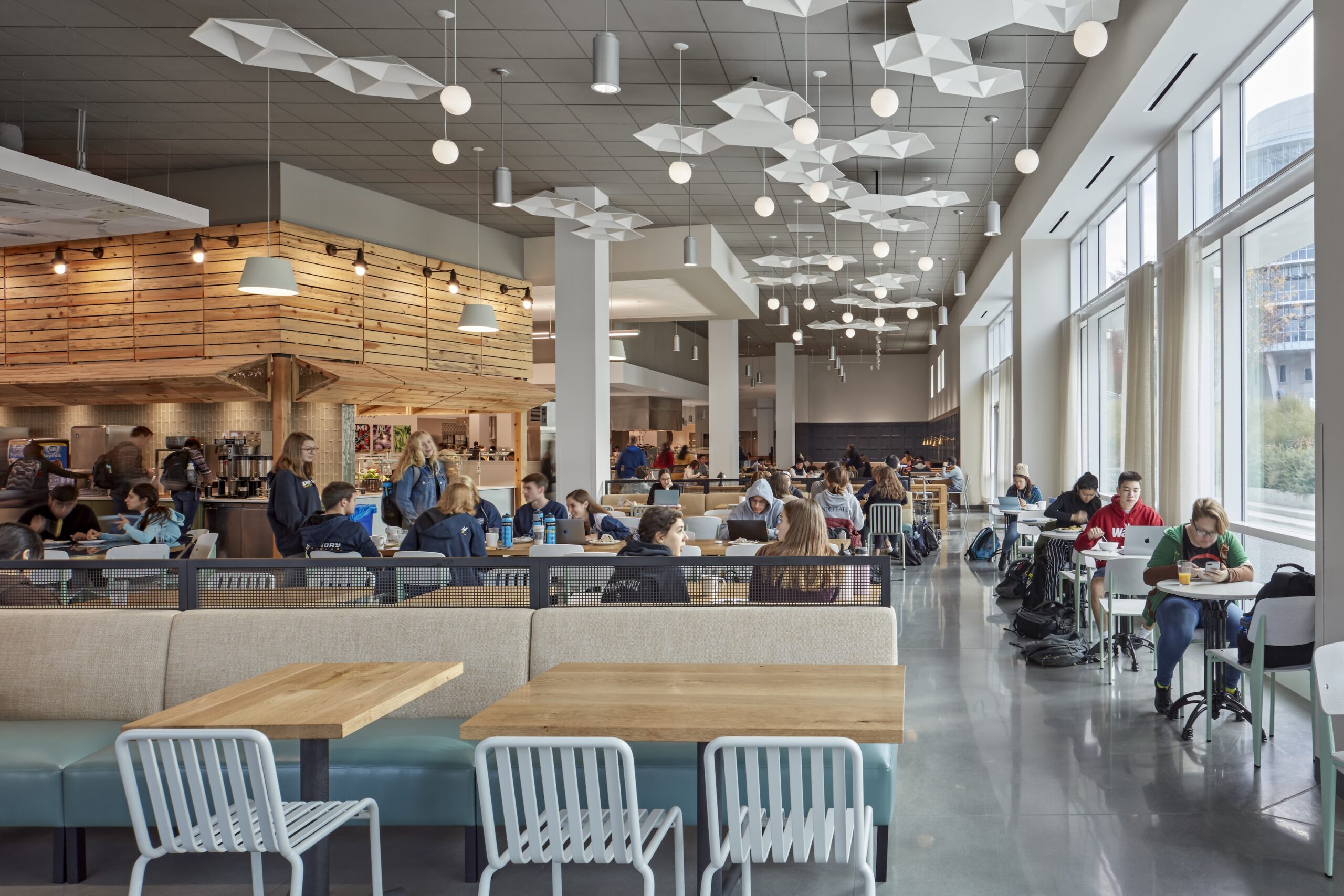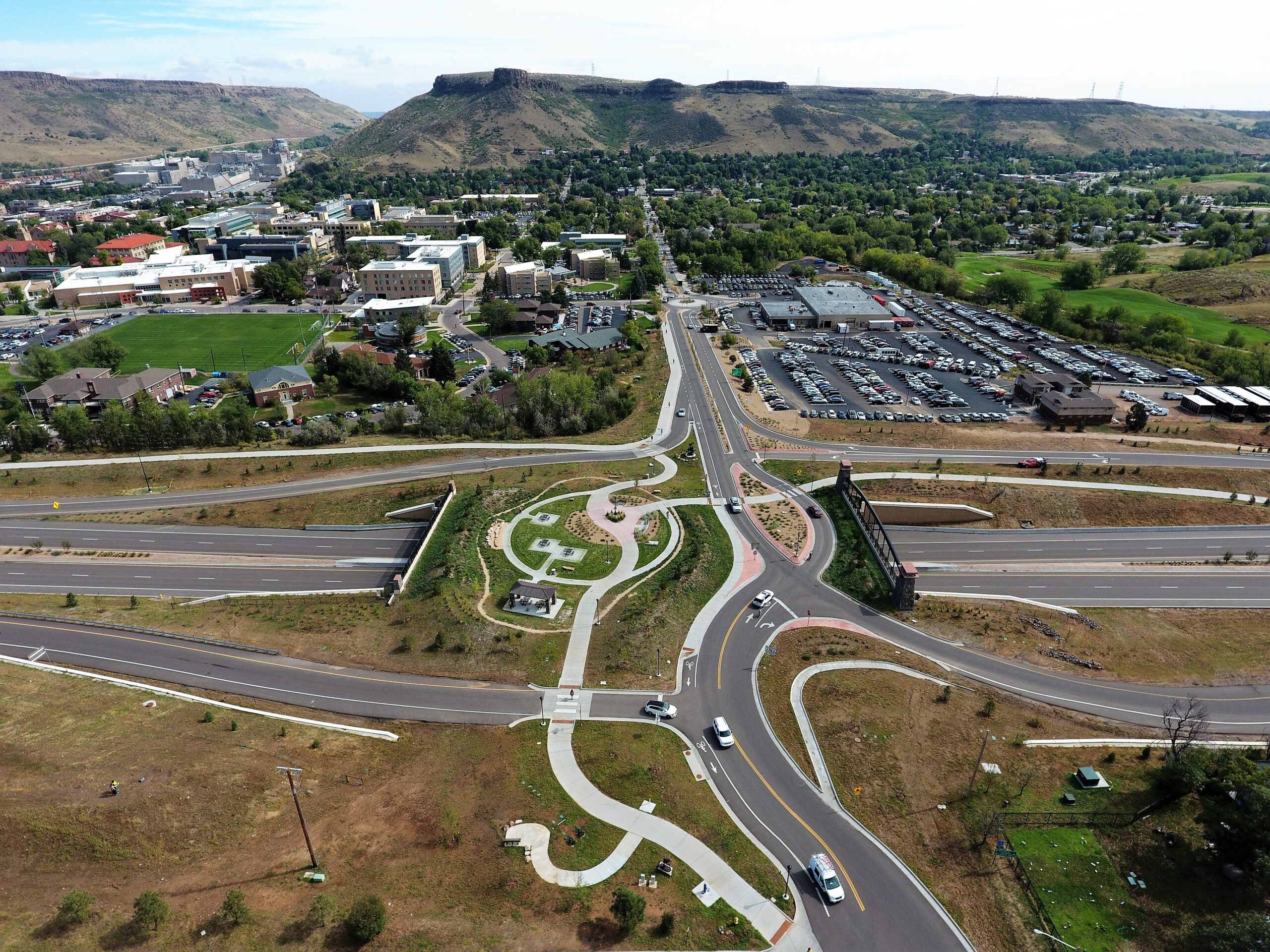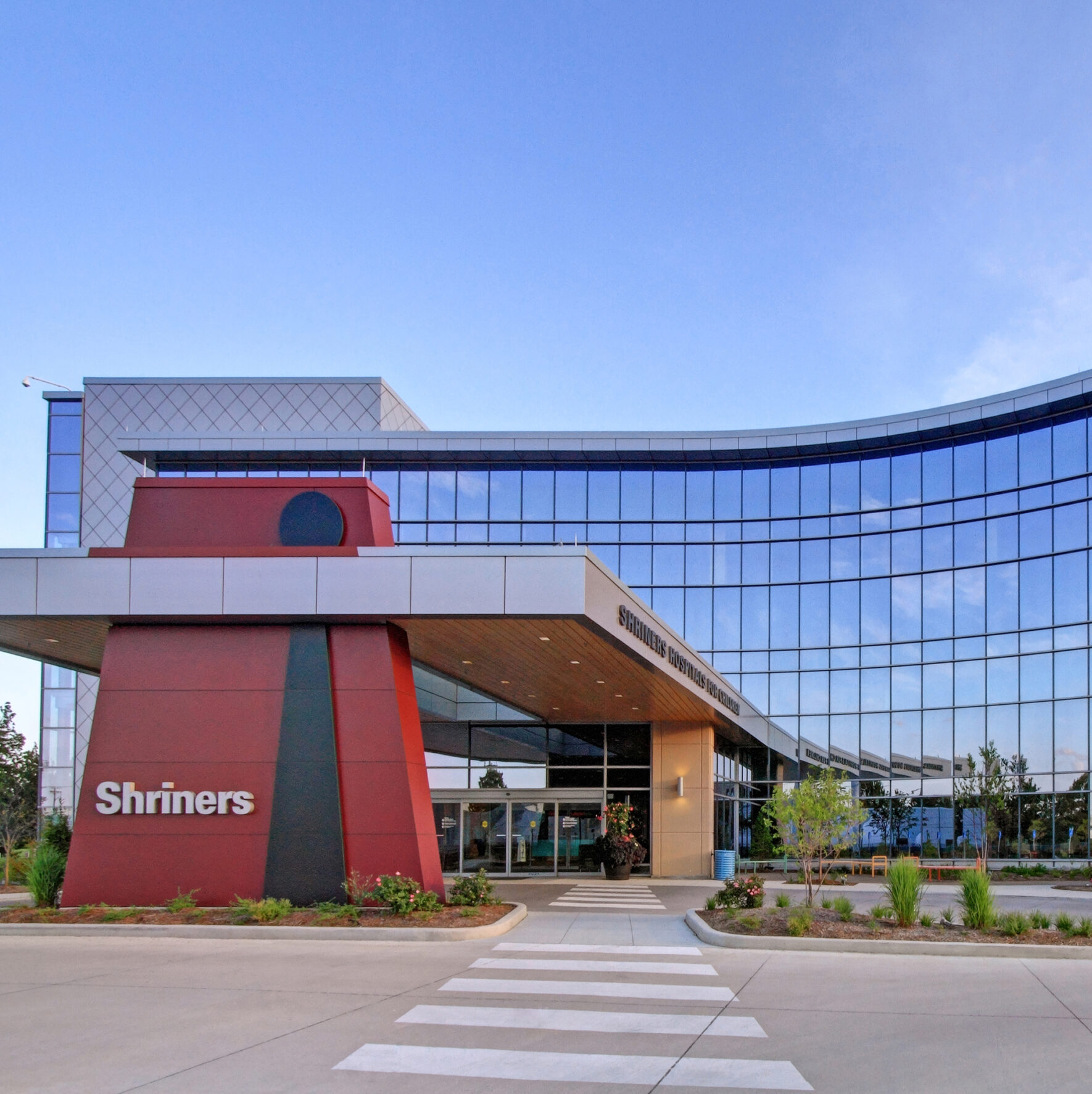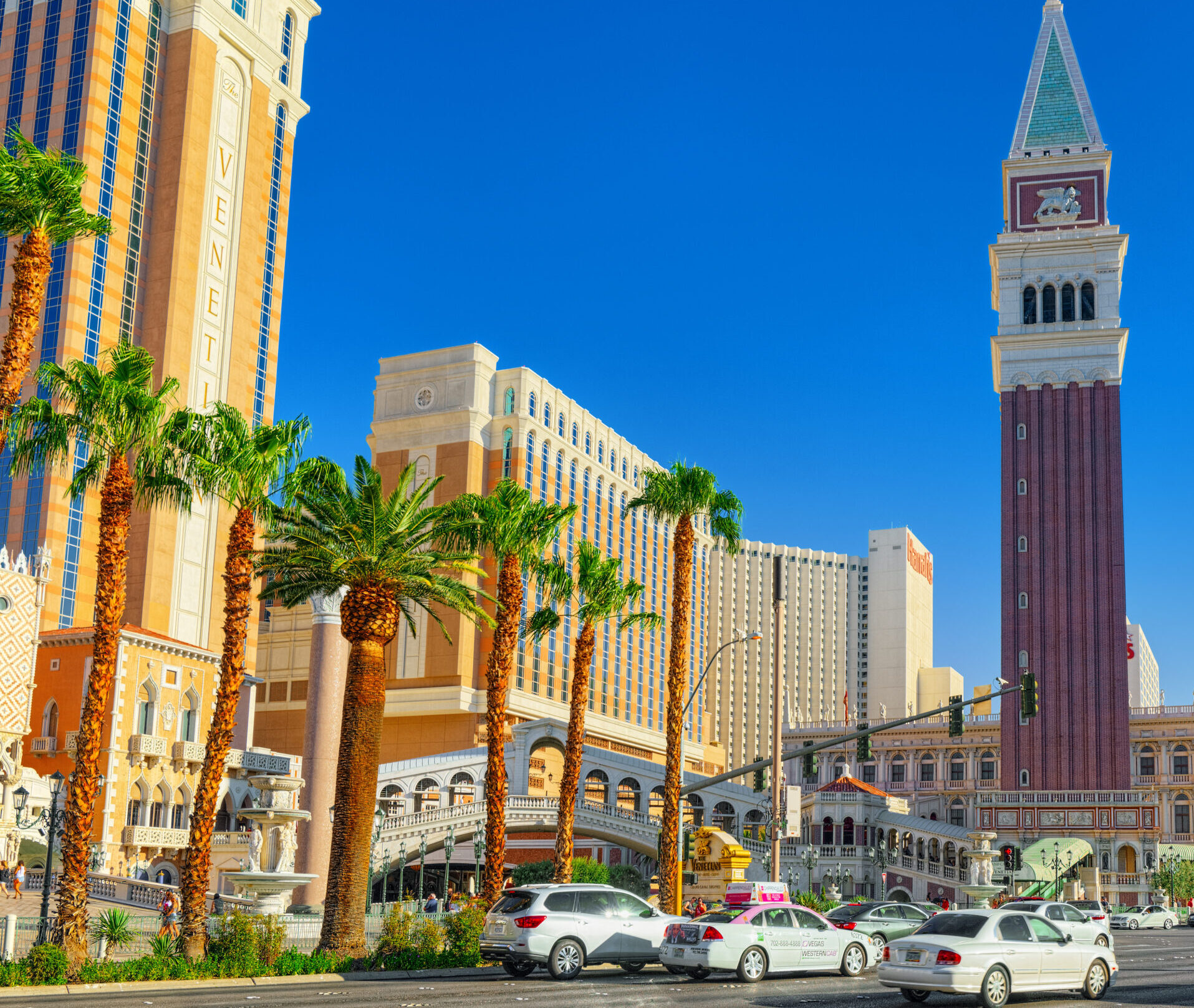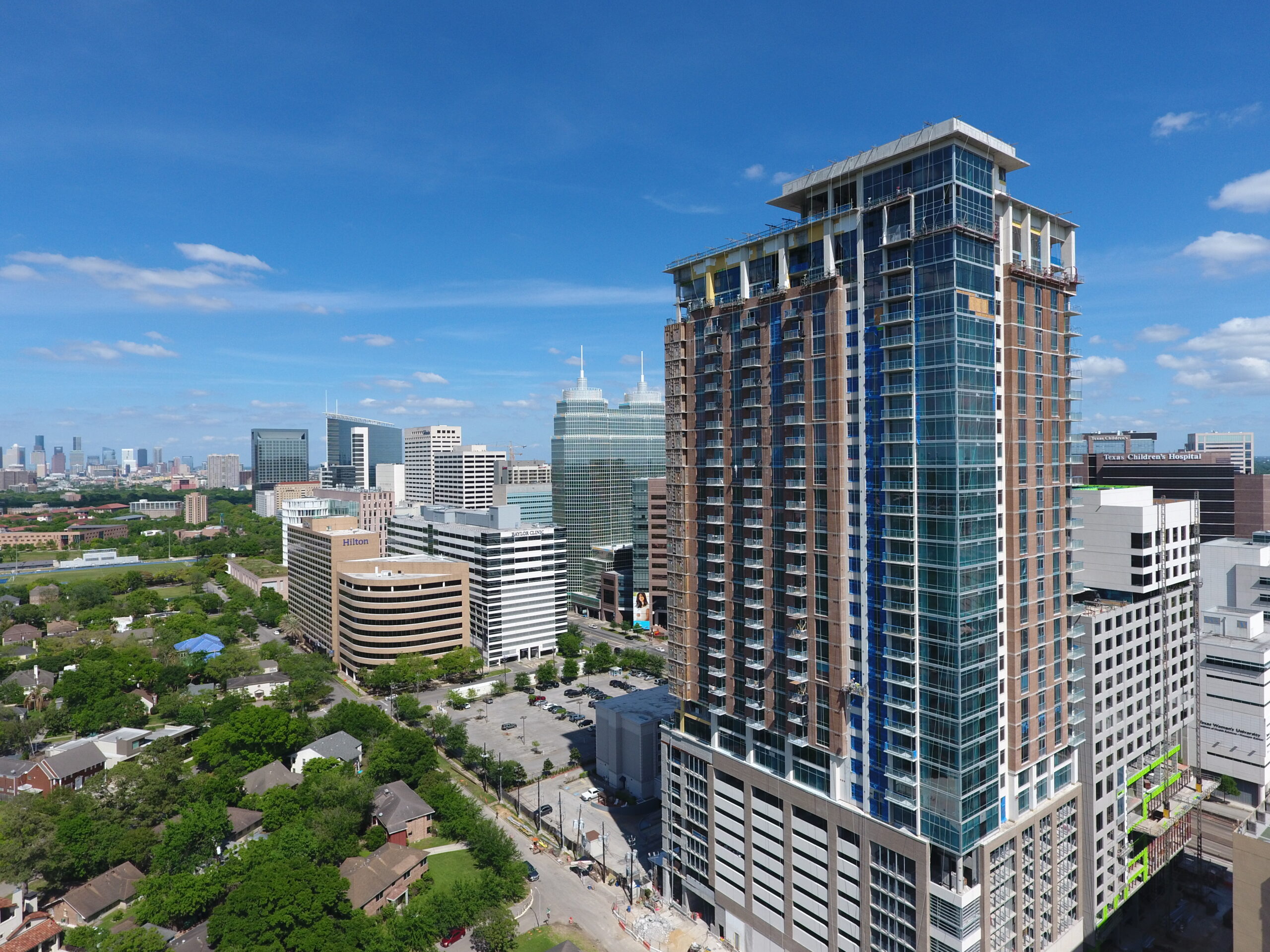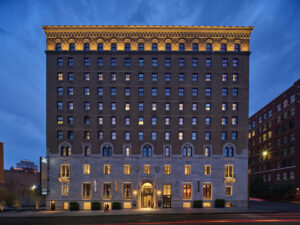From old to bold: Transforming an old Y into the 21c Museum Hotel
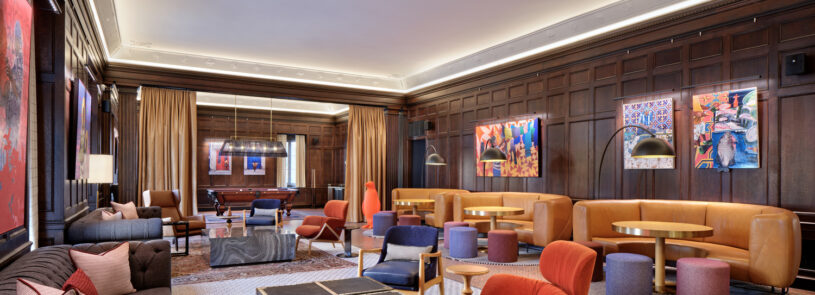
| Project Awards
ENR Midwest 2024: Best Project, Renovation/Restoration ACEC Missouri 2025: Grand Award Gold Key 2024 “Judges So Cool” Award 2024 Preserve MO Award Associated General Contractors of Missouri Keystone Award
|
By John Panek, PE
The former YMCA in downtown St. Louis had good bones — it was built in 1926 in the Renaissance Revival Style and listed on the National Register of Historic Places. But the full-service YMCA, with boarding rooms, had been closed since 2016.
Could new owner Nuovo RE bring it back to life as a 21c Museum Hotel — a full-service, 10-story boutique hotel, with an art museum, bar, and restaurant?
The owner wanted to highlight the former YMCA’s historic character. This work was like solving a puzzle — respecting the building’s historic properties while creating a modern, comfortable, upscale hotel and museum.
The project was successful because the team was assembled early in the process, therefore many issues could be resolved before construction began. The team included IMEG (civil, mechanical, electrical, and fire protection design, commissioning, and construction administration), Perfido Weiskopf Wagstaf + Goettel (architect), Russell (construction manager), and KPFF Consulting Engineers (structural engineer). All collaborated closely with historic preservation officials.
Adapting to real world conditions
As is the nature of an adaptive reuse of a 100-year-old building, real-world conditions didn’t always match the best-made plans, and the team needed to work together to adapt some designs.
For example, actual conditions varied from the existing 100-year-old design documentation, which meant reworking MEP systems to make the new program work with the as-built structure. Some surprises included:
- The YMCA was built on top of a block of demolished row homes, and some of those walls and foundations were still intact. All below-grade MEP and utility work had to be designed to work through or around these obstructions.
- The floor-to-floor clear height did not match the existing design documentation available to the engineers. The difference of two inches meant the systems had to be redesigned.
- The building’s pan joist construction did not line up as documentation indicated. Instead, they were inconsistent, as if they’d been randomly laid out by the installers 100 years ago. This meant the ducts and pipes had to snake their way through the walls, rather than run straight up and down.
The team also had to navigate the COVID-19 pandemic construction shut-down, disrupted supply chains, and inflation.
Retaining historic character
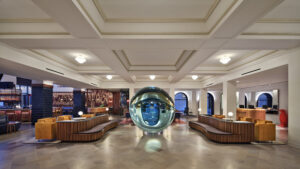 The building featured vaulted ceilings, and marble floors in the swimming pool and main lobby, among other historic features.
The building featured vaulted ceilings, and marble floors in the swimming pool and main lobby, among other historic features.
IMEG collaborated with the team to create code-compliant, design-efficient mechanical, electrical and life safety fire protection systems that could be installed while maintaining these features.
In areas with vaulted ceilings, IMEG coordinated underfloor mechanical and electrical distribution, so it did not disrupt furniture and architectural elements.
Overhead ductwork distribution wouldn’t be appropriate for the swimming pool of this historic property. Instead, IMEG repurposed radiator enclosures on the perimeter and routed ductwork under the floor to those enclosures to serve the space with HVAC in another way.
Another focal point is the ballroom/gallery, formerly the YMCA’s gymnasium and overhead track. The team spent months designing the ductwork and lighting behind its beautiful ceiling only to have historic preservation officials reject the plan. The team then reworked the plan to accommodate the preservation team’s concerns.
Making it modern
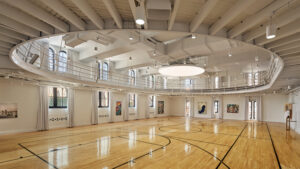 The renovated building is also an art museum, and several galleries showcase high-end art. To best protect that investment from potential fire and water damage, each of the common area floors uses a double interlock pre-action fire protection system.
The renovated building is also an art museum, and several galleries showcase high-end art. To best protect that investment from potential fire and water damage, each of the common area floors uses a double interlock pre-action fire protection system.
The building also needed modern security and AV systems. Detailed coordination was required to install high-performing AV systems within the historic context of the building. This also involved creative placement of equipment and routing of systems.
Mission accomplished
The hotel retains the historic wow factor, while being an inviting, modern, comfortable space. Its bar and restaurant, galleries, and event center bring new entertainment options to the area. The world-class modern art museum, featuring the works of local, national, and international artists, draws both locals and tourists. And the hotel regularly hosts events like yoga, coffee talks, film screenings, and guided gallery tours for people who live in the neighborhood.
The 21c Museum Hotel shows that interesting old buildings can be given a new life and spark investment in their neighborhoods.
